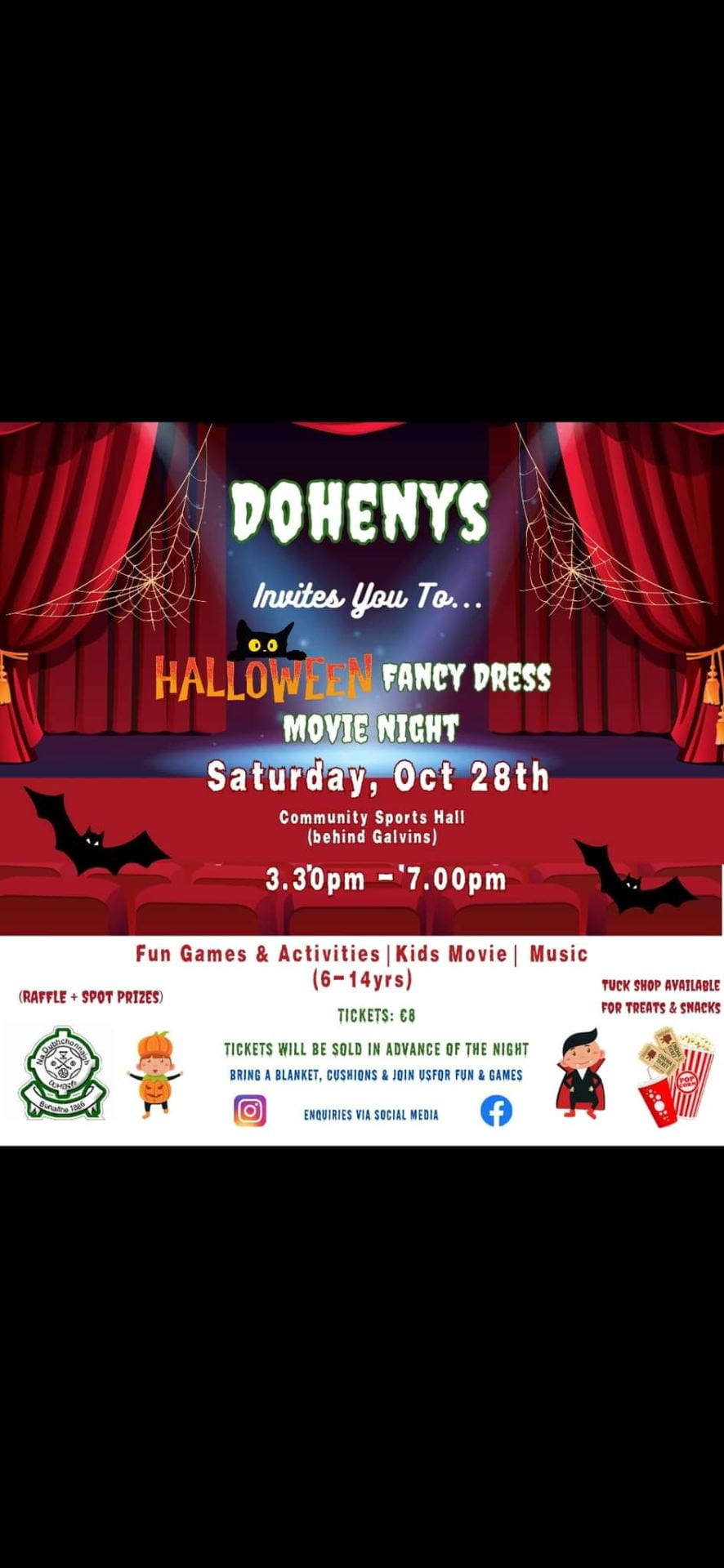We were delighted to receive another S.F.I award for our Science, Maths, Engineering and Technology work. We have been very busy undertaking science, technology, engineering and maths (STEM) activities since September. We submitted a comprehensive portfolio with evidence of our work which included reports, videos, powerpoints, photos and drawings. All classes made a huge contribution to achieving this award.
Category Archives: Uncategorized
Online Safety Webinar for Parents
|
|
Sciath na Scol
The children had a brilliant day at St. Column’s GAA grounds in Kealkil for our first round of Sciath na Scol games. Togher N.S. played The Model School, Dunmanway and Trafask N.S. in beautiful sunshine. We are really looking forward to another round of games in Doheny’s GAA grounds in Dunmanway next Friday.
Sponsored Walk
Our wonderful Parents Association are planning to hold a fundraising walk to raise money for the school. This walk will be held on the 3rd of May at 1:50pm and will be a lovely event for the whole family. The 3km walk will commence at the road in front of our school and we encourage everyone to participate, regardless of age.























